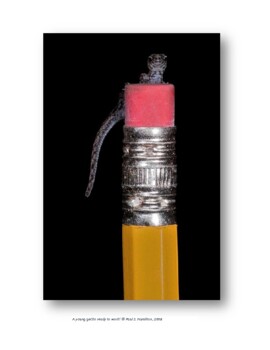Math + Art = Frames - Engineering - Remote Ready STEM / STEAM Lesson G
Chica Jo's Nature STEAM
57 Followers
Grade Levels
3rd - 8th, Homeschool
Subjects
Resource Type
Standards
CCSS3.MD.B.4
CCSS3.MD.D.8
CCSS4.MD.B.4
CCSS5.MD.A.1
CCSSCCRA.R.10
Formats Included
- PDF
Pages
7 pages
Chica Jo's Nature STEAM
57 Followers
Also included in
- This hands-on STEAM bundle has everything you need to guide your students as they create hauntingly mysterious art and gorgeous, faux-antique, silver frames to show them off! But this is no “cookie-cutter” project. No way. After a look into a 19th Century woman scientist who made history, your kidsPrice $8.00Original Price $10.00Save $2.00
Description
Your students use math and measurement and learn from good mistakes as they solve the problem of making a frame to showcase their SunPrint or other artwork. And it saves you from having to do the display work for any up and coming STEAM Exhibition! You can adjust the lesson and apply related engineering standards to be more or less challenging based on your students’ abilities, and create final frames that fit your particular budget, supplies, and taste. Includes:
· Detailed Lesson Plan
· Extension Activities
· Printable, Student, Guided Journal Sheets
Total Pages
7 pages
Answer Key
N/A
Teaching Duration
1 hour
Last updated Oct 15th, 2020
Report this resource to TPT
Reported resources will be reviewed by our team. Report this resource to let us know if this resource violates TPT’s content guidelines.
Standards
to see state-specific standards (only available in the US).
CCSS3.MD.B.4
Generate measurement data by measuring lengths using rulers marked with halves and fourths of an inch. Show the data by making a line plot, where the horizontal scale is marked off in appropriate units-whole numbers, halves, or quarters.
CCSS3.MD.D.8
Solve real world and mathematical problems involving perimeters of polygons, including finding the perimeter given the side lengths, finding an unknown side length, and exhibiting rectangles with the same perimeter and different areas or with the same area and different perimeters.
CCSS4.MD.B.4
Make a line plot to display a data set of measurements in fractions of a unit (1/2, 1/4, 1/8). Solve problems involving addition and subtraction of fractions by using information presented in line plots. For example, from a line plot find and interpret the difference in length between the longest and shortest specimens in an insect collection.
CCSS5.MD.A.1
Convert among different-sized standard measurement units within a given measurement system (e.g., convert 5 cm to 0.05 m), and use these conversions in solving multi-step, real world problems.
CCSSCCRA.R.10
Read and comprehend complex literary and informational texts independently and proficiently.






